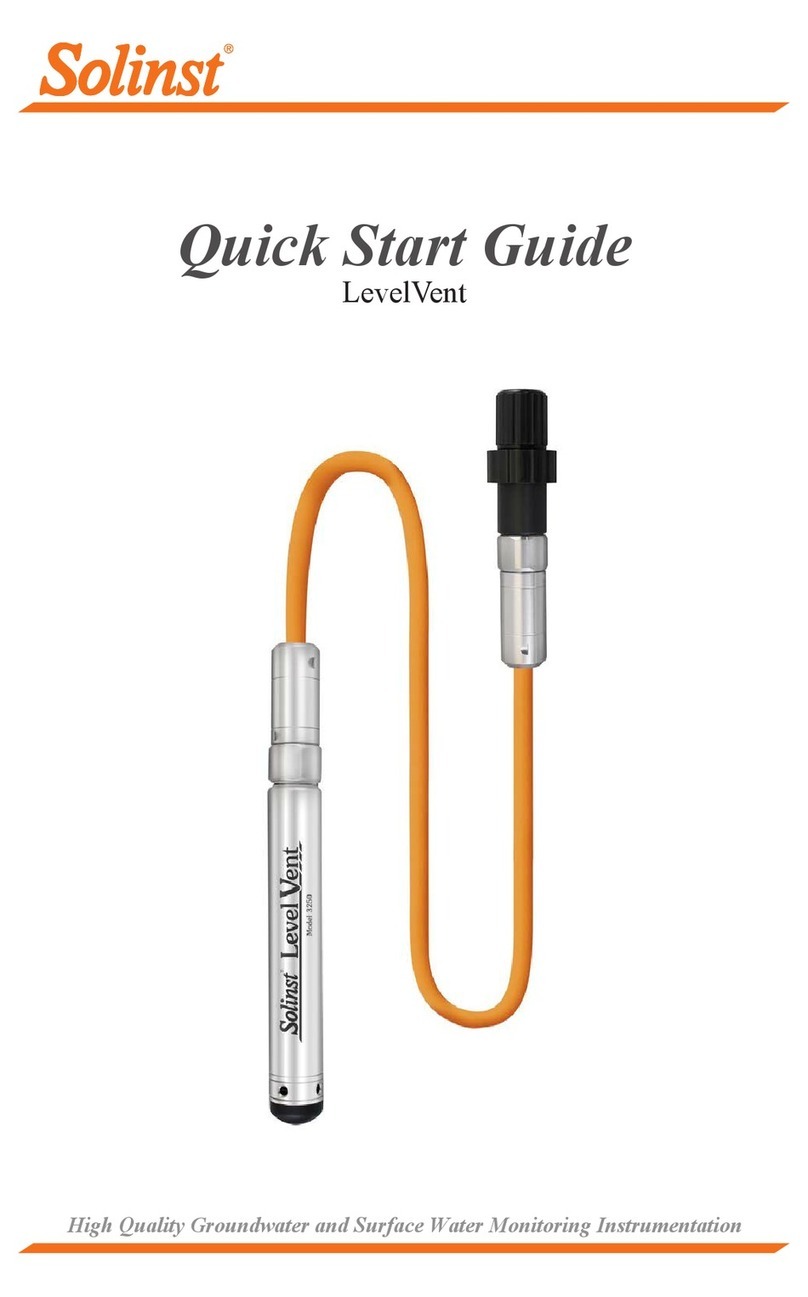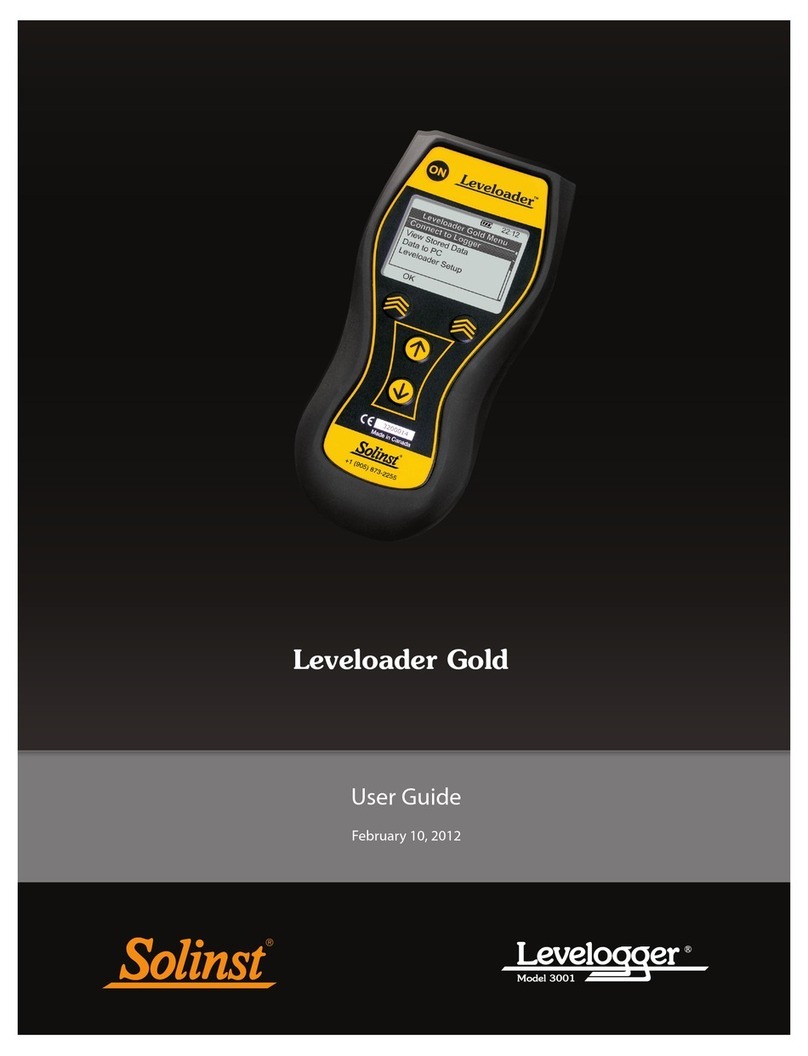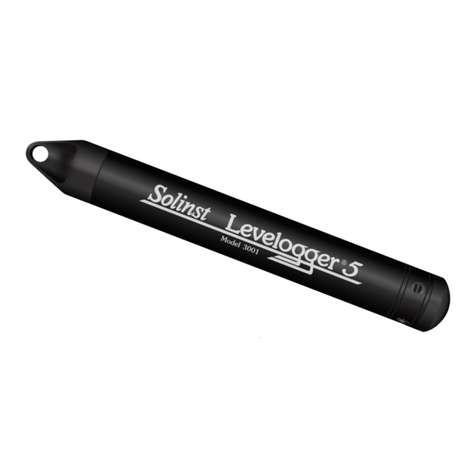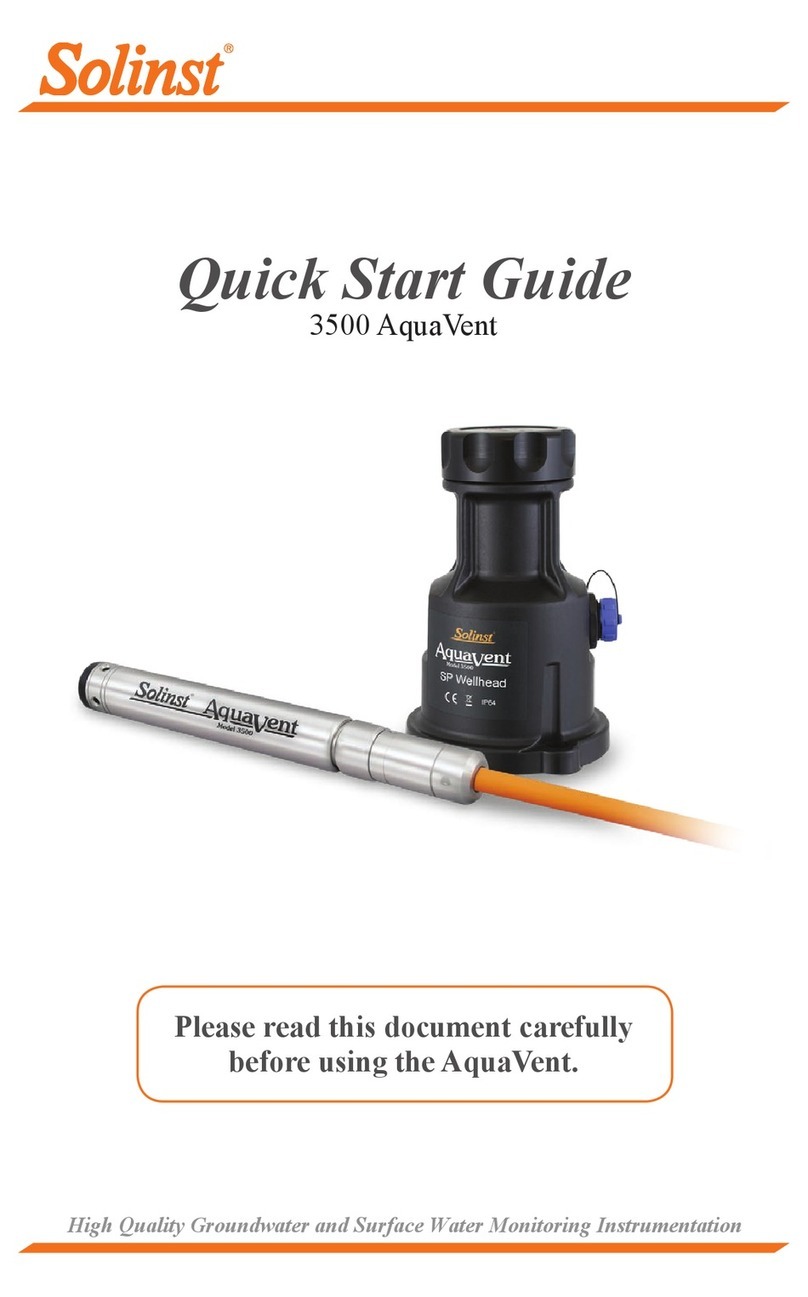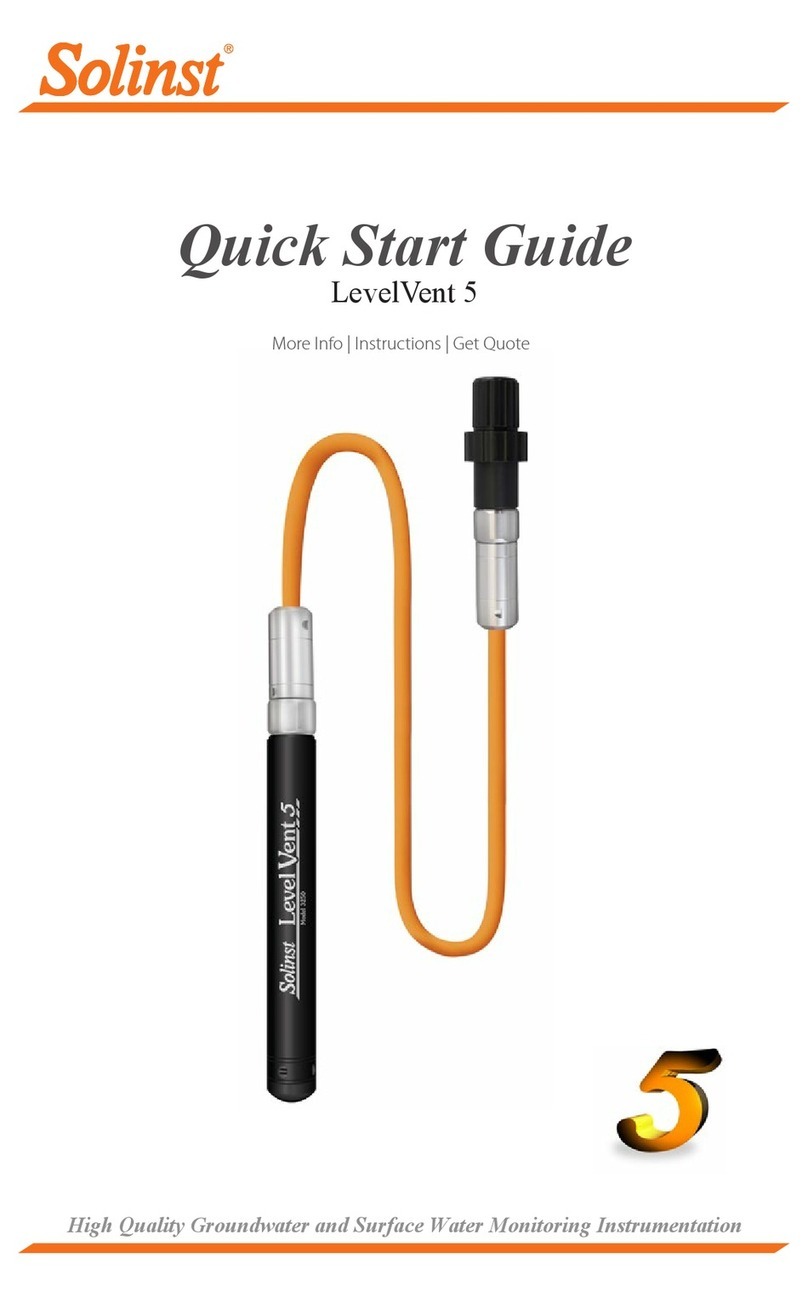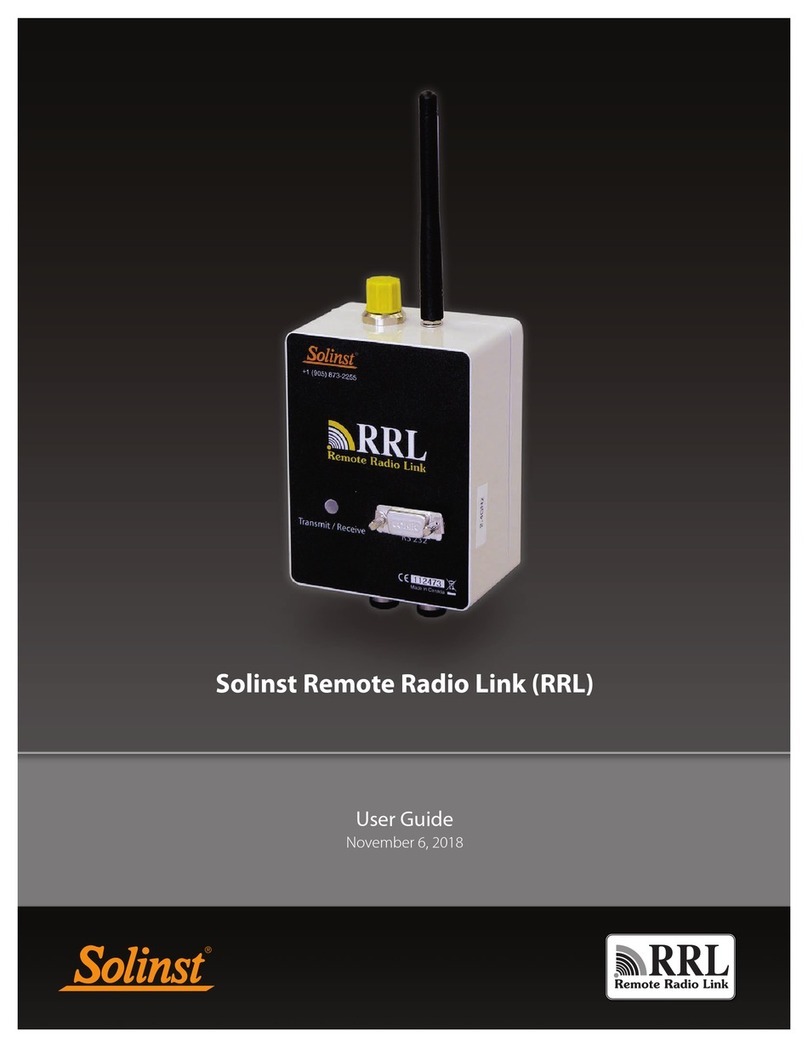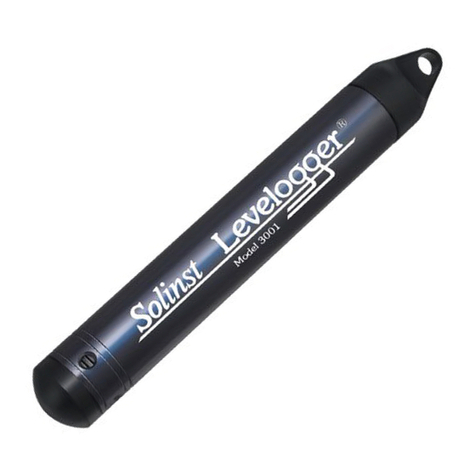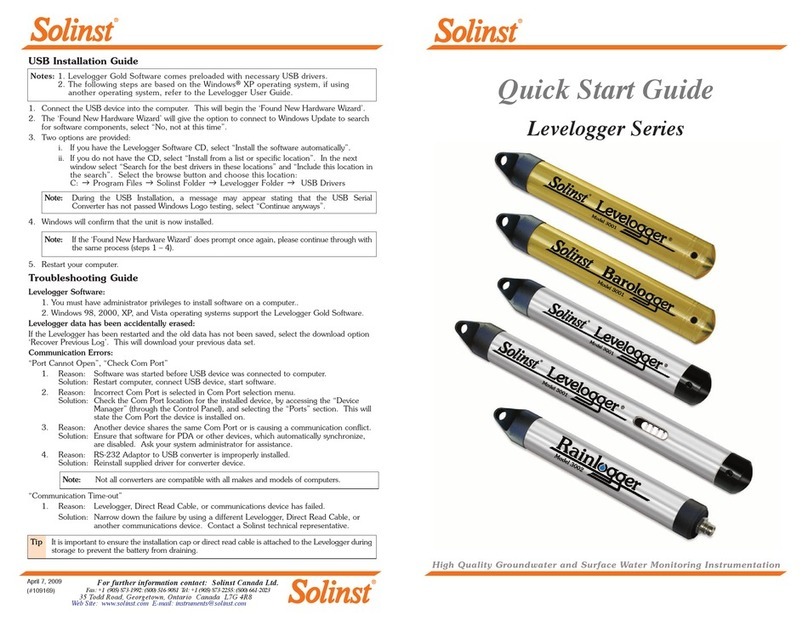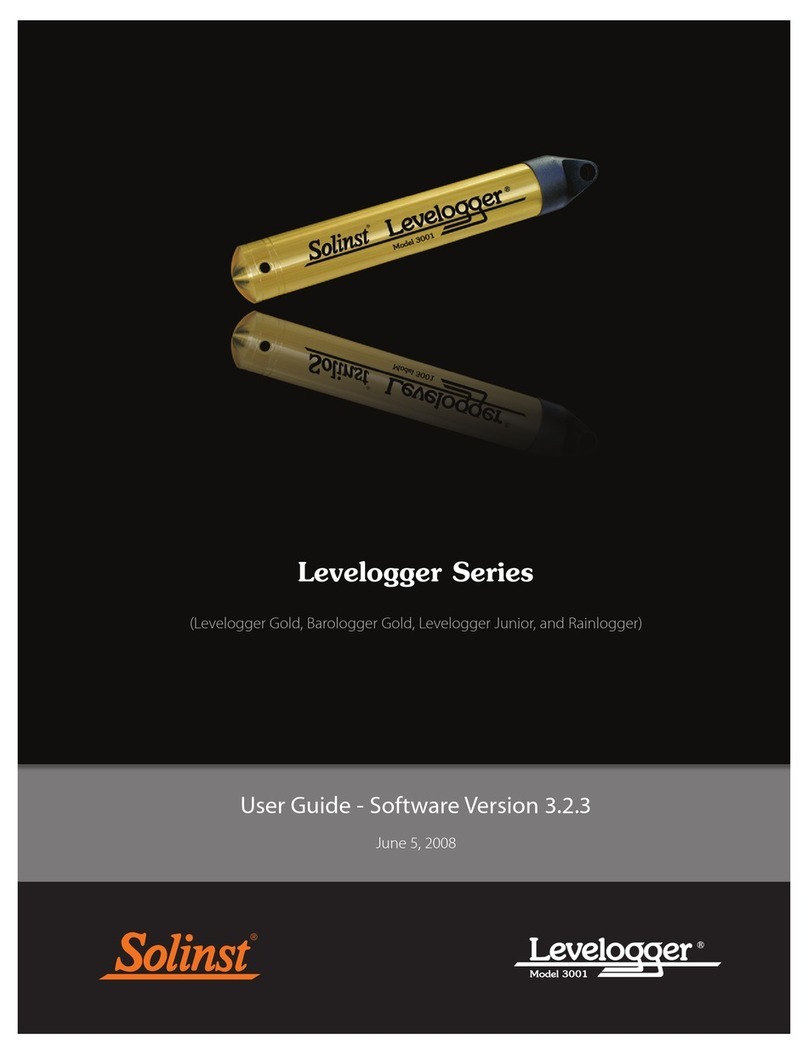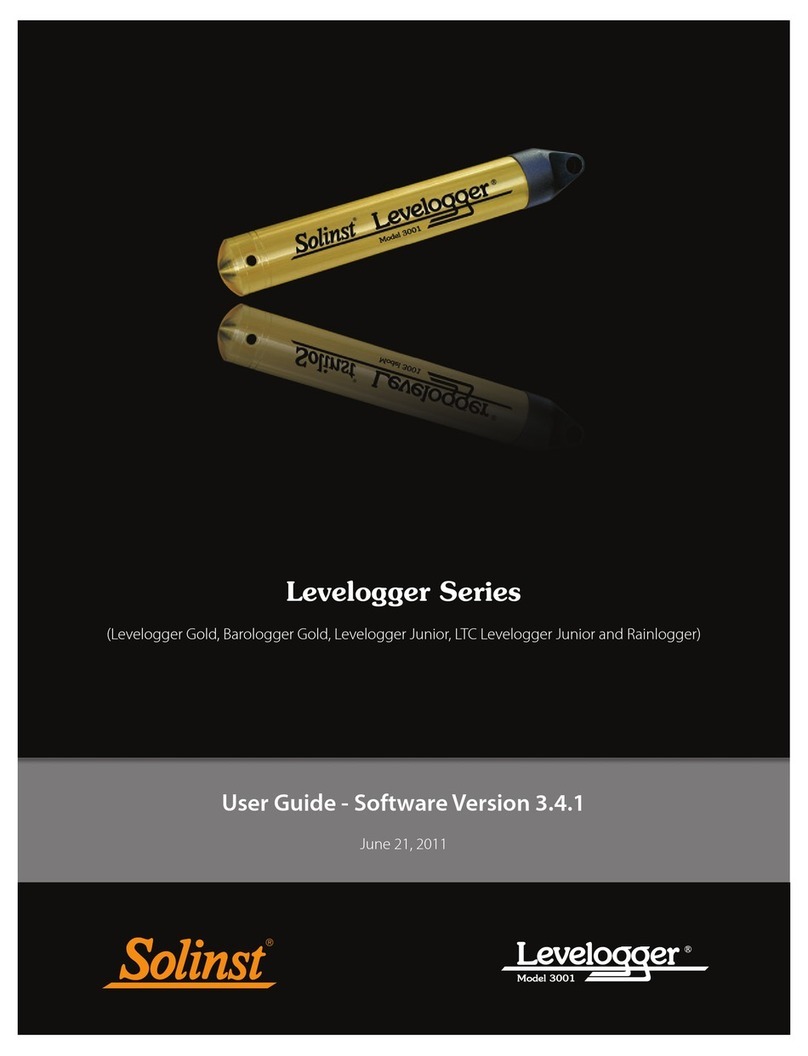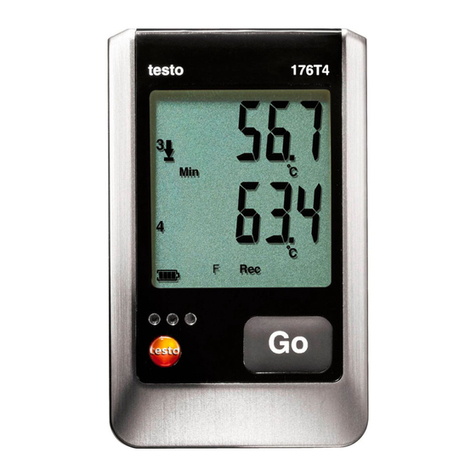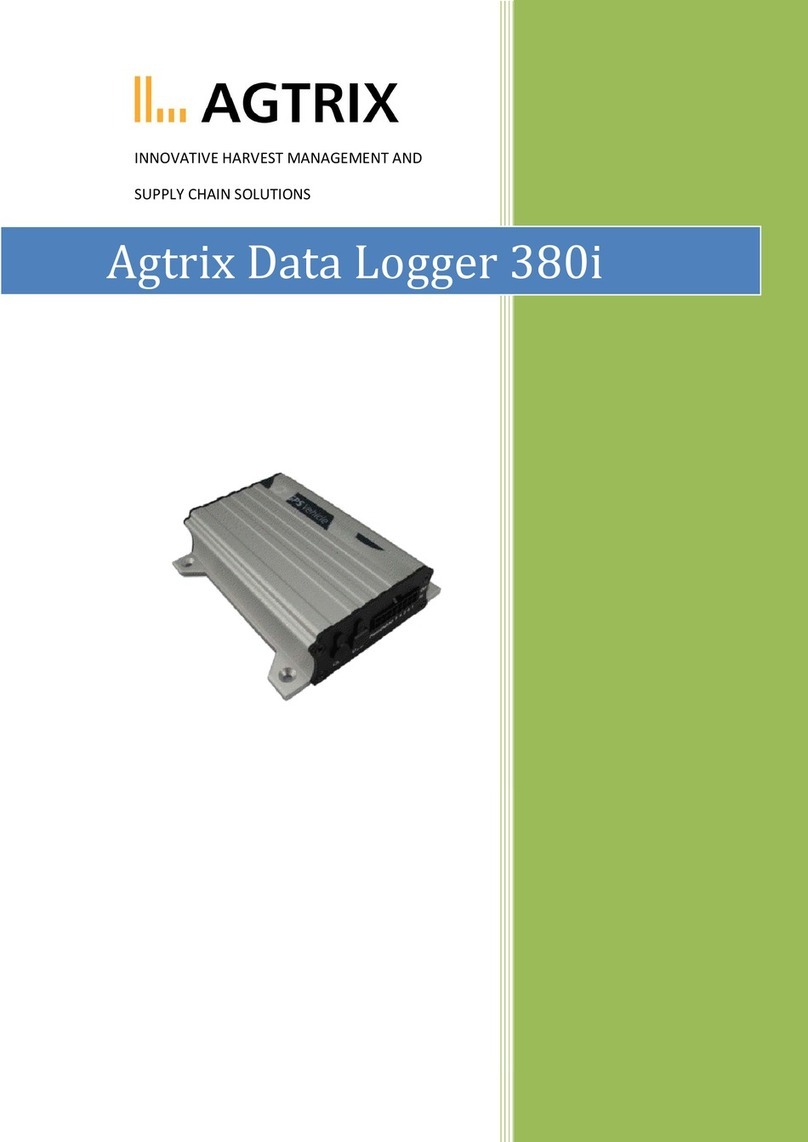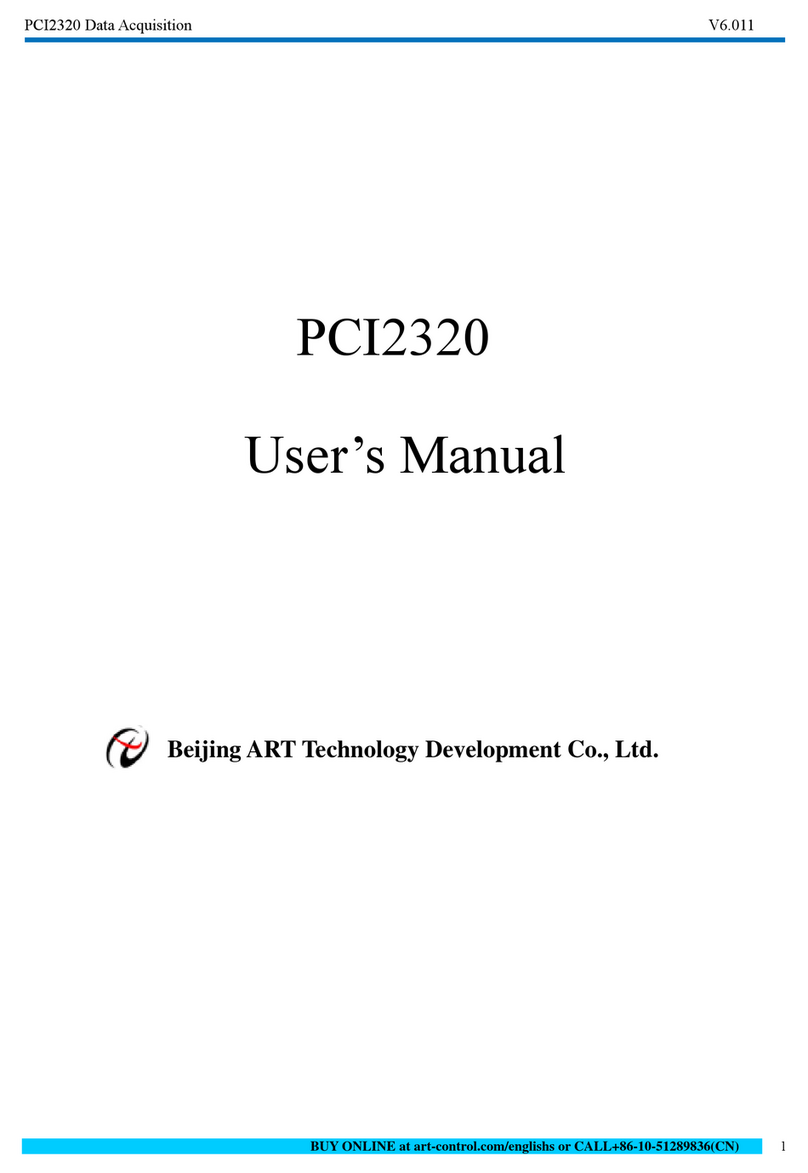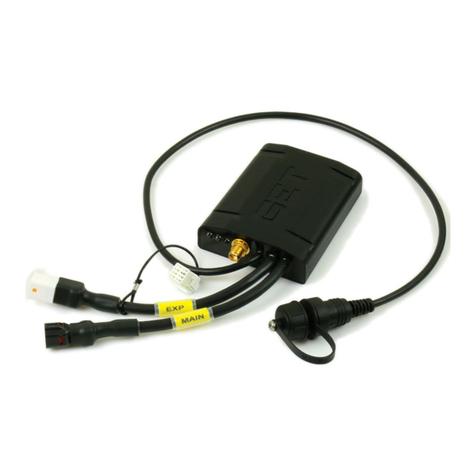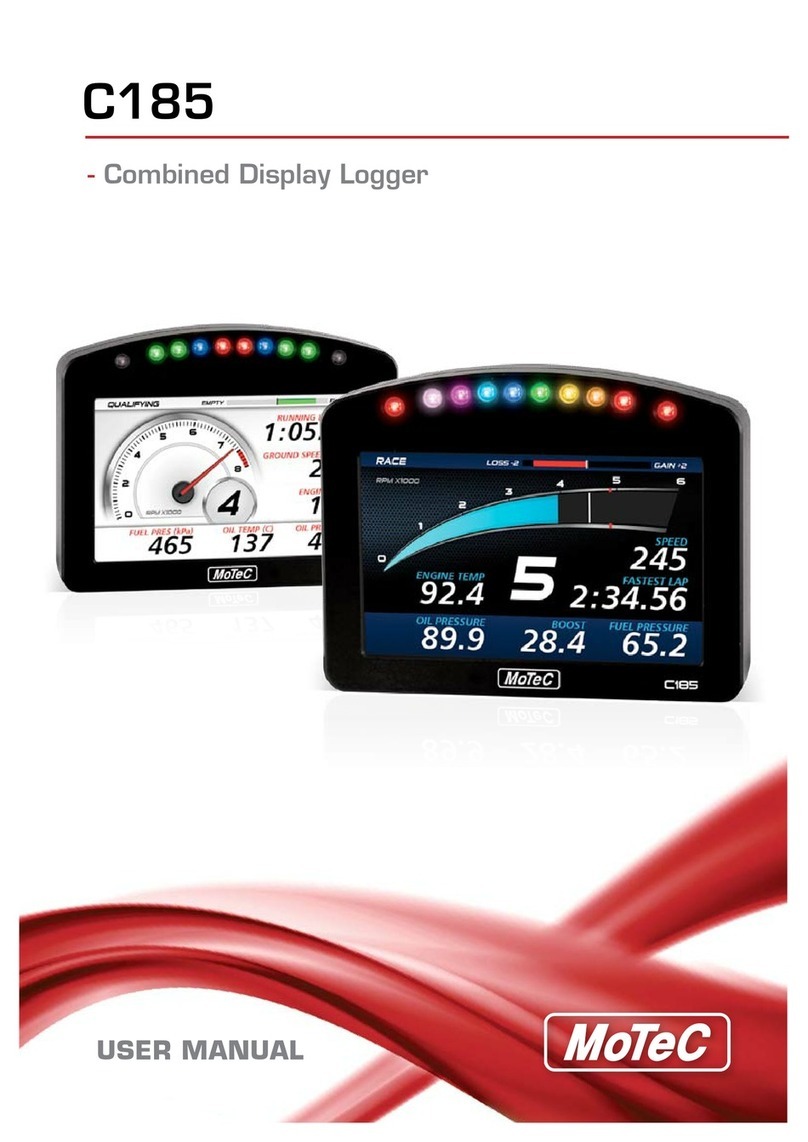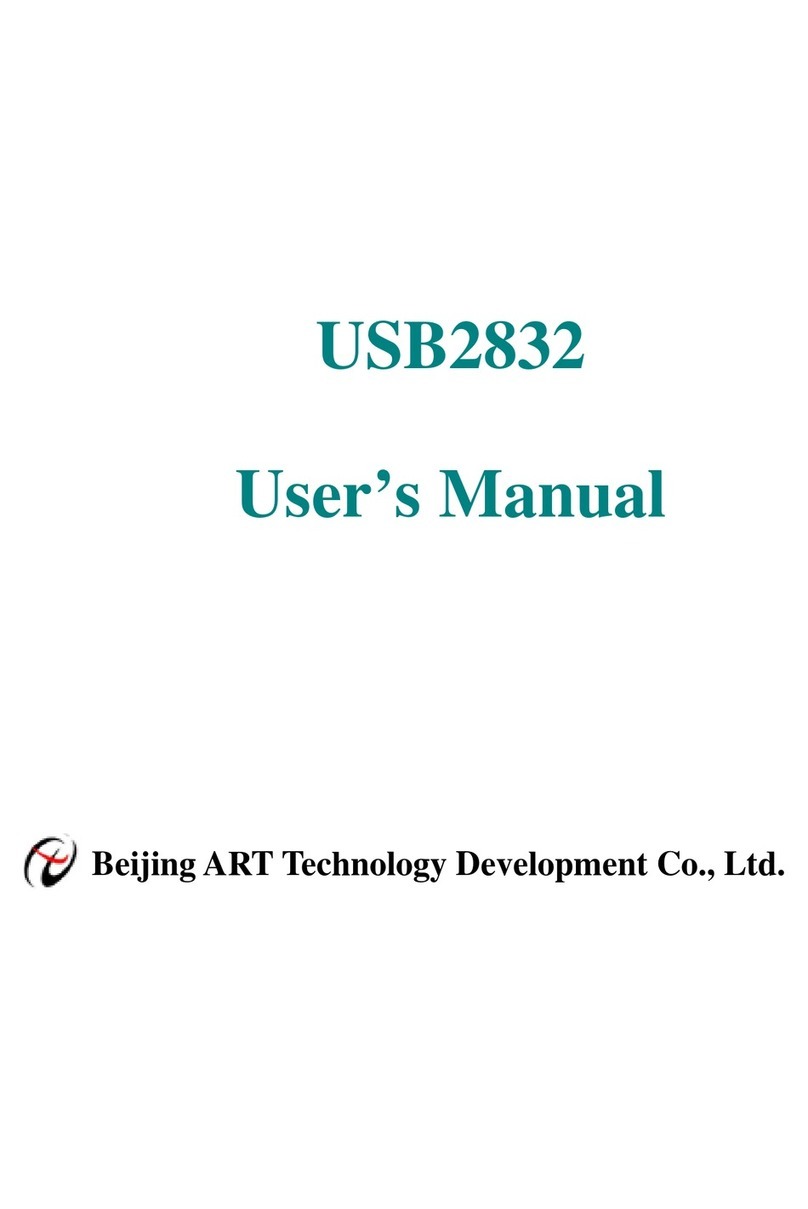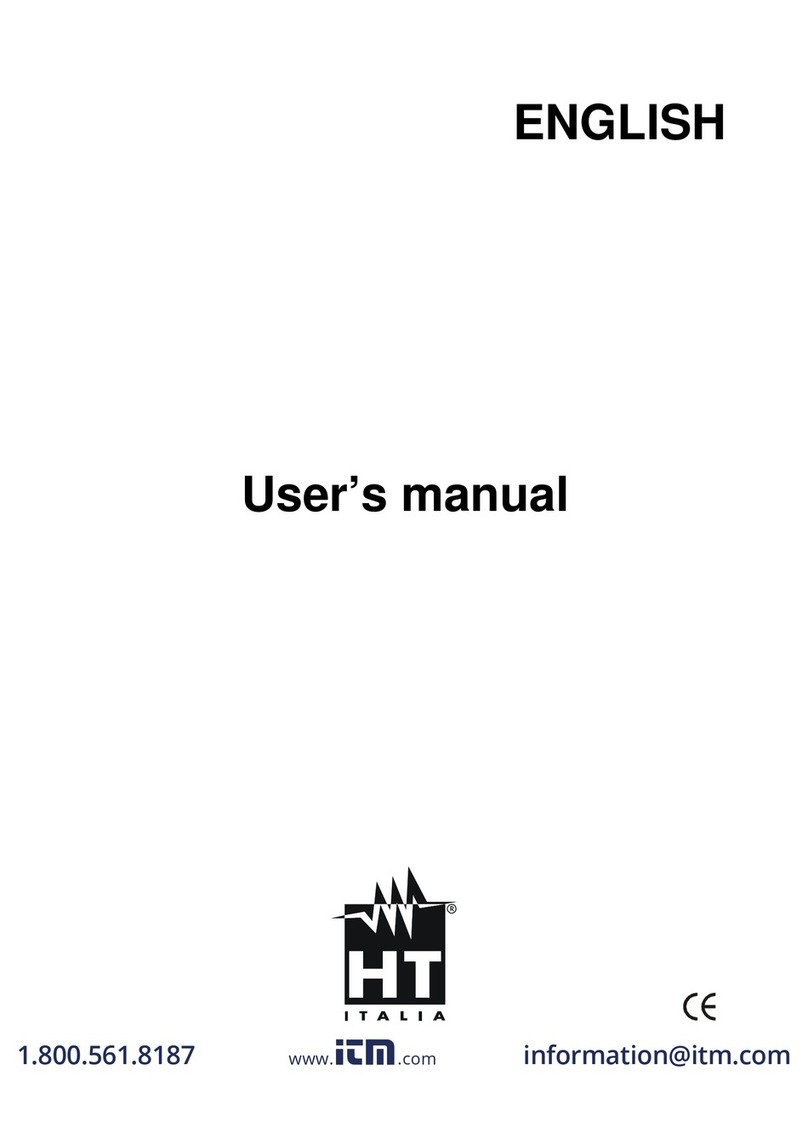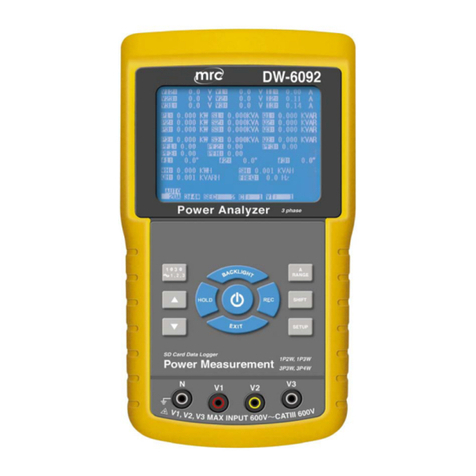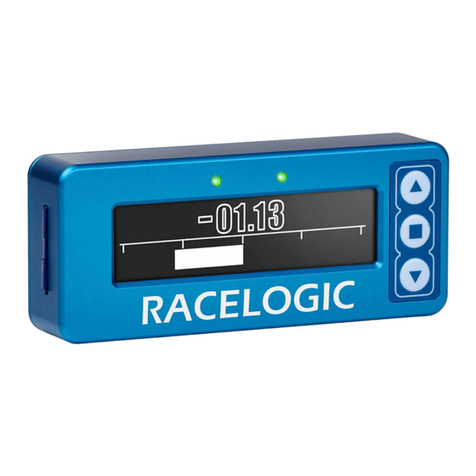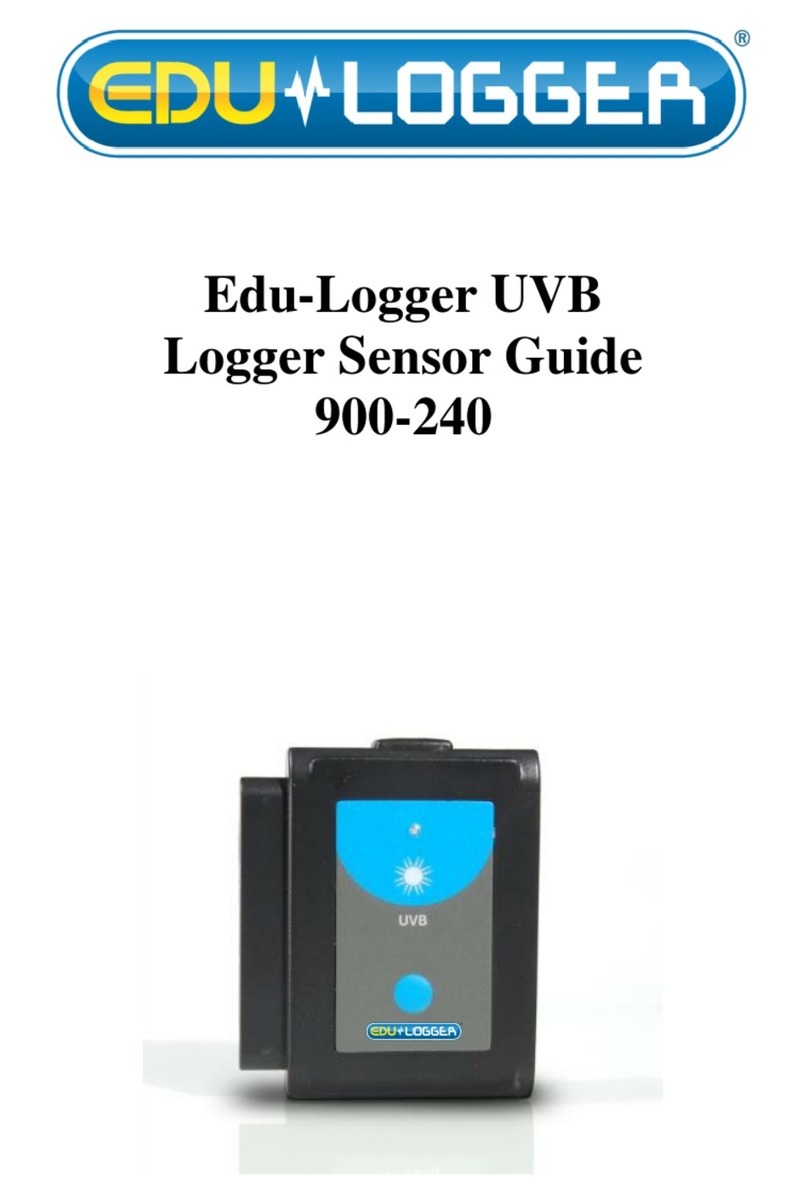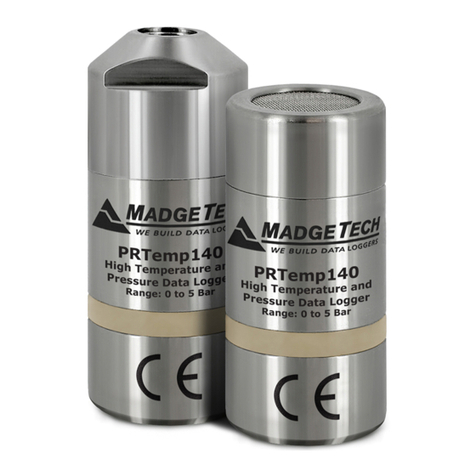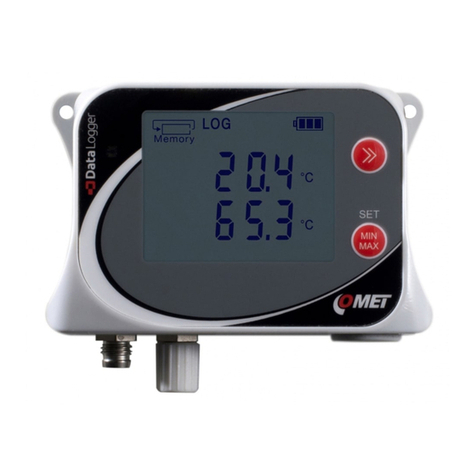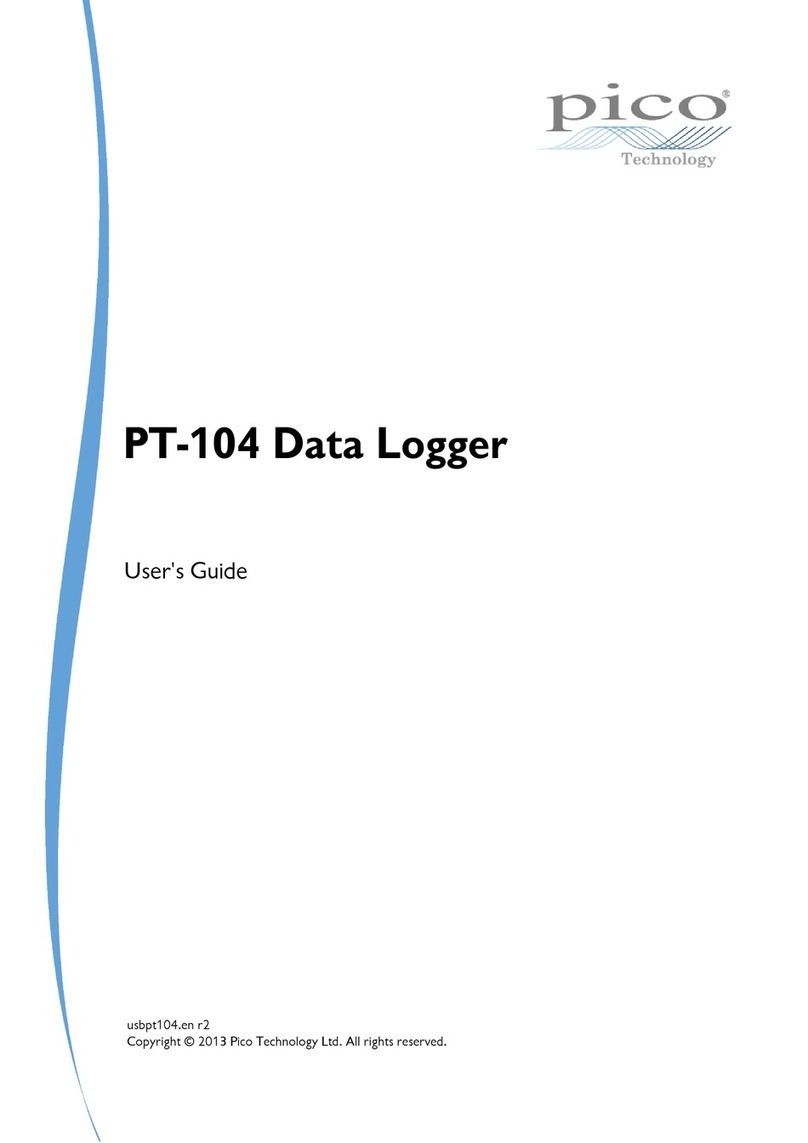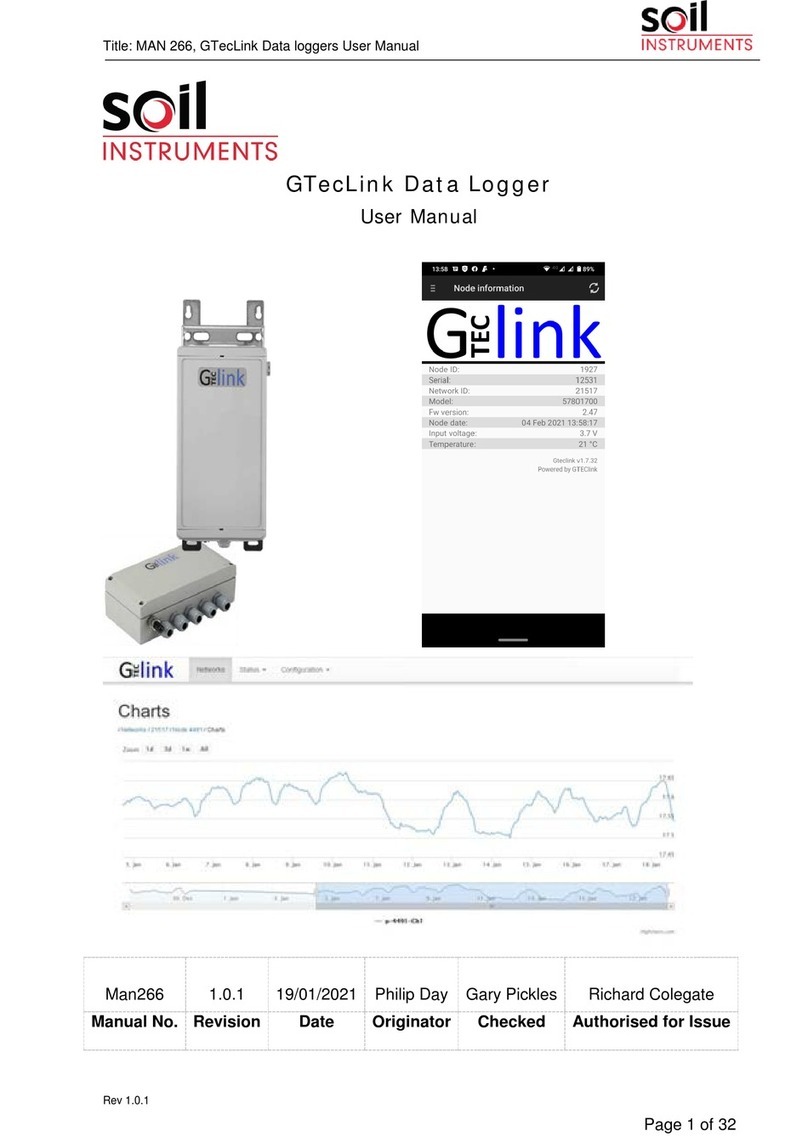
- 6 -
Before Deployment
Before deployment, make sure you do the following:
• Program your AquaVent 5 logger, using Levelogger Software, with the
correct project identification, memory mode, sampling regime, time, etc.
• If desired, use the Datalogger Zero option in the Levelogger Software to
zero the logger to current atmospheric pressure.
• Set a future start time in the office, or start the AquaVent 5 logger in the
field using Levelogger Software and a laptop, or the Solinst Levelogger 5
App Interface.
• Determine borehole depth to ensure AquaVent 5 logger does not touch
the bottom of the well (avoid submergence in sediment).
After Deployment
After deployment, make sure you do the following:
• Take a manual depth to water measurement after the well has stabilized
(approximately 10 minutes))
• Take another manual depth to water measurement just before removing
the AquaVent 5 logger from the well
AquaVent 5 Field Notes
Note: It is useful to synchronize the times of all AquaVent 5 loggers
being used for the same project.
Note: For tips, precautions, and more information on installations in
different environments and applications, see the latest Vented
Dataloggers User Guide.
Deployment
• The AquaVent system is designed to be conveniently installed on a
2" well casing (4" using an adaptor). However, other installations are
acceptable, if proper precautions and recommendations are followed.
• Leave at least 2" (50 mm) of slack in the Vented Cable at surface to
allow you to lift the AquaVent Wellhead from the well cap base to
provide access for manual depth to water measurements, without
disturbing the AquaVent 5 logger from its down hole position.
• The Wellheads have a rating of IP 64 (dust and splash resistant), so
should not be submerged at anytime. They can be secured inside an
enclosure, however, it must be vented to equalize atmospheric pressure.
• Do not drop the AquaVent 5 logger into the water, carefully lower it
into place. Avoid installing in areas where “water hammer” or hydraulic
jump” (very sudden, large increases in pressure) may occur.
• Be careful not to nick or bend the Vented Cable during installation (use a
maximum 1" (25 mm) bend radius as a precaution).
Note: The length of the Vented Cable should not be assumed as the
deployment depth, as there may be some slack in the cable,
especially when using the hanger bracket
• Use a Solinst Water Level Meter to take a manual depth to water
measurement that will be used to verify AquaVent 5 readings
• Determine the minimum and maximum expected water levels, as
AquaVent 5 loggers must remain submerged for the entire monitoring
period.
Support Hanger
Bracket Installation
